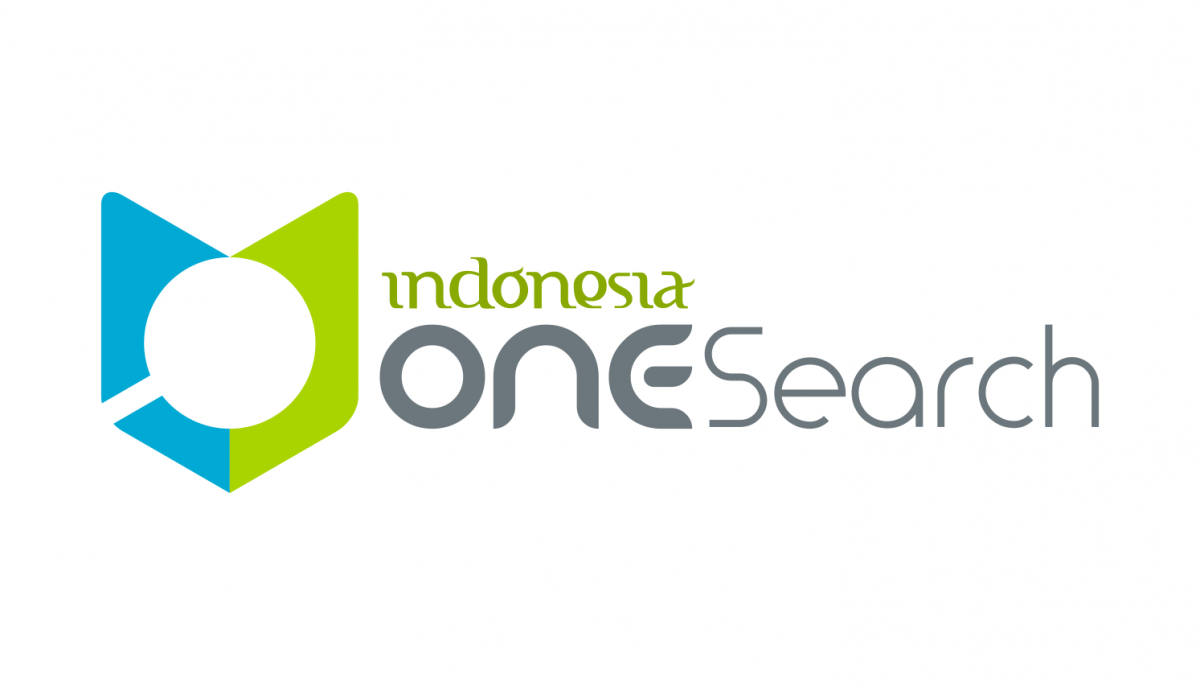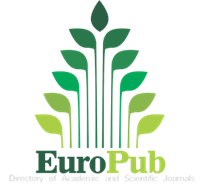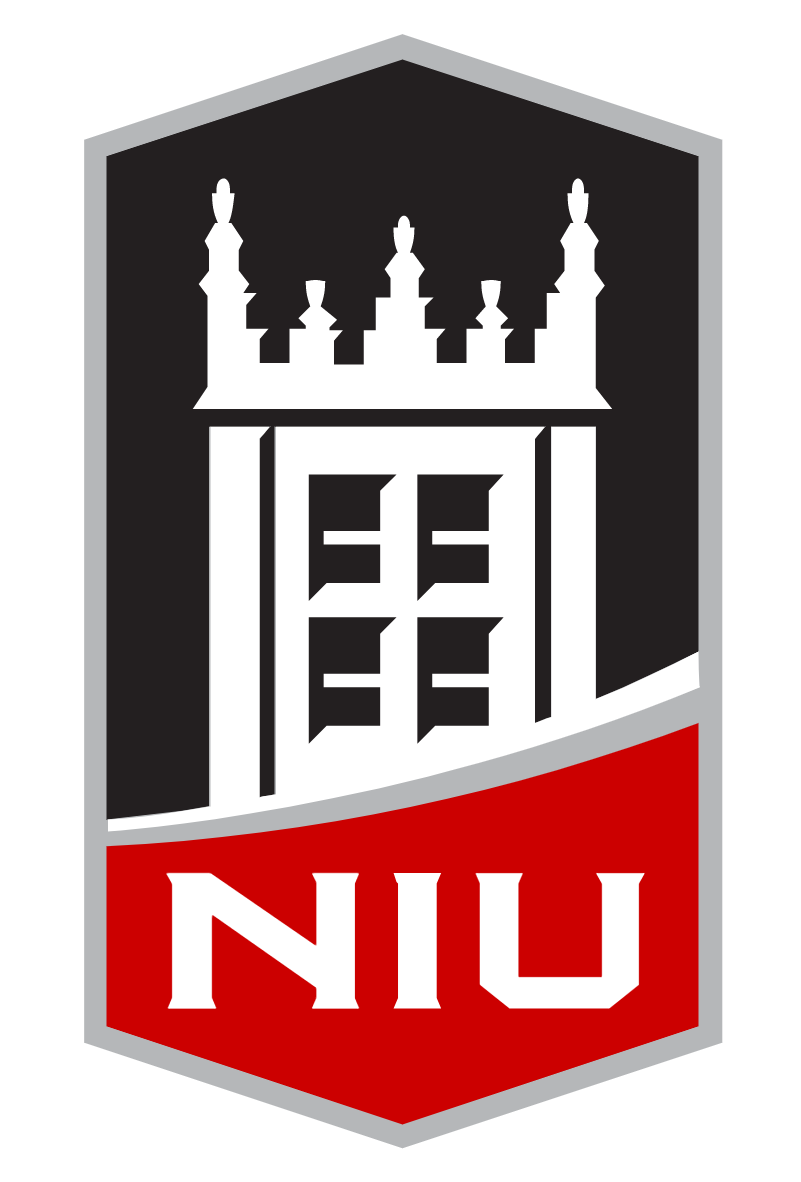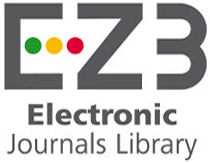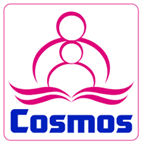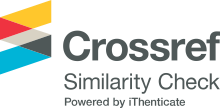Abstract
Burns are often seen in clinics or hospitals. Majority of burns are minor burns, which can be managed in outpatient setting with satisfactory result. The healing outcome depends on physician’s knowledge and competencies in burn pathogenesis and basic principles of burn care. Initial treatment of burns consists of emergency evaluation, assessment of depth and severity of burns and considerations for referral. The principles of minor wound therapy include cooling, cleansing, pain management, and topical therapy. Recently, many topical agents are available and indicated for first to second degree burn. Silver sulfadiazine (SSD) is the standard treatment; however, it has some limitations. Scientific evidences showed that topical antibiotics do not reduce the incidence of local infection, invasive infection, and mortality of infection. Burns heal faster with hydrogel dressings and some other dressings compared to SSD. There are insufficient evidences to support the use of aloe vera, honey, and negative pressure wound therapy in burns. Moist exposed burn ointment (MEBO®) has been demonstrated to have equal efficacy to SSD.
References
1. World Health Organization. Burns: Fact Sheet No. 365. Geneva: WHO, 2012. (Cited 2013 Oct.9). Available from: http//www.who.int/mediacentre/factsheets/fs 365/en
2. Sheridan R. Thermal injuries. In: Goldsmith LA, Katz SI, Gilchrest BA, Paller AS, Leffell D, Wolff K, editors. Fitzpatrick's dermatology in general medicine. Edisi ke-8. New York: McGraw Hill, 2012:1089-94.
3. Pujisriyani, Wardana A. Epidemiology of burn injuries in Dr. Cipto Mangunkusumo hospital from 2009 to 2010. JPR. 2012;1:528-31.
4. Mahandaru D, Wardana A. Nosocomial infection in burn unit of Dr. Cipto Mangunkusumo hospital, Jakarta. JPR. 2012;1:352-6.
5. Lloyd EC, Rodgers BC, Michener M, Williams MS. Outpatient burns: prevention and care. Am Fam Physician. 2012;85:25- 32.
6. Connolly S. Clinical Practice Guidelines: Burn Patient Management. New South Wales: ACI Statewide Burn Injury Service, 2011.
7. Fakultas Kedokteran Universitas Indonesia. Program Pendidikan Kedokteran Profesi Dokter Spesialis 1 Ilmu Kesehatan Kulit dan Kelamin. Jakarta: FKUI, 2012.
8. Hettiaratchy S, Dziewulski P. ABC of burns: Pathophysiology and types of burns. BMJ. 2004;328:1427-9.
9. Calzavara-Pinton P, Sala R, Arisi MC, Bussoletti C, Cellono L. Photobiology, photodermatology and sunscreens: A comprehensive overview. Part 1: damage from acute and chronic solar exposure. G Ital Dermatol Venereol. 2013;148:89-106.
10. Waghmare CM. Radiation burn from mechanism to management. Burns. 2013;39:212-9.
11. United States Department of Army. Nuclear handbook for medical service personnel. Washington: US Headquarter Department of Army, 1990:18.
12. Evers LH, Bhavsar D, Mailander P. The biology of burn injury. Exp Dermatol. 2010;19:777-83.
13. American Burn Association. Burn Center Referral Criteria: ABA, 2013.
14. Tompkins D. Care of Outpatient Burns: World Burn Organization, 2013.
15. New Zealand Guidelines Group. Evidencebased best practice guidelines summary: Management of burns and scalds in primary care: NZGG, 2007.
16. Barajas-Nava LA, Lopez-Alcalde J, Roque IFM, Sola I, Bonfill CX. Antibiotic prophylaxis for preventing burn wound infection. Cochrane Database Syst Rev. 2013;6:CD008738.
17. Wasiak J, Cleland H, Campbell F, Spinks A. Dressings for superficial and partial thickness burns. Cochrane Database Syst Rev. 2013;3:CD002106.
18. Dumville JC, Munson C. Negative pressure wound therapy for partial-thickness burns. Cochrane Database Syst Rev. 2012;12:CD006215.
19. Jull AB, Walker N, Deshpande S. Honey as a topical treatment for wounds. Cochrane Database Syst Rev. 2013;2:CD005083.
20. Dat AD, Poon F, Pham KB, Doust J. Aloe vera for treating acute and chronic wounds. Cochrane Database Syst Rev. 2012;2:CD008762.
21. Hirsch T, Ashkar W, Schumacher O, Steinstrasser L, Ingianni G, Cedidi CC. Moist Exposed Burn Ointment (MEBO) in partial thickness burns - a randomized, comparative open mono-center study on the efficacy of dermaheal (MEBO) ointment on thermal 2nd degree burns compared to conventional therapy. Eur J Med Res. 2008;13:505-10.
22. Ang ES, Lee ST, Gan CS, See P, Chan YH, Ng LH, et al. Evaluating the role of alternative therapy in burn wound management: Randomized trial comparing moist exposed burn ointment with conventional methods in the management of patients with second-degree burns. MedGenMed. 2001;3:3.
23. Jewo PI, Fadeyibi IO, Babalola OS, Saalu LC, Beneb AS, Izegbu MC, et al. A comparative study of the wound healing properties of Moist Exposed Burn Ointment (MEBO) and Silver Sulphadiazine. Ann Burns Fire Disasters. 2009;22:79-82.
24. Hindy A. Comparative study between sodium carboxymethyl-cellulose silver, moist exposed burn ointment, and saline-soaked dressing for treatment of facial burns. Ann Burns Fire Disasters. 2009;22:131-7.
25. Mabrouk A, Boughdadi NS, Helal HA, et al. Moist occlusive dressing (Aquacel®Ag) versus moist open dressing (MEBO®) in the management of partial-thickness facial burns: A comparative study in Ain Shams University. Burns. 2012;38:396-403.
26. Harsono A, Wardhana A. Randomized control trial comparing moist exposed burn ointment and honey as dressings agents in patients with second degree burns. JPR. 2013;2:28-33.
Recommended Citation
Dien, Siphora; Miranda, Eliza; Pusponegoro, Erdina Hardiono D; and Wardhana, Aditya
(2015)
"The evidence-based topical therapies for management of minor burns in outpatient clinic,"
Journal of General - Procedural Dermatology and Venereology Indonesia: Vol. 1:
Iss.
1, Article 2.
DOI: 10.19100/jdvi.v1i1.3
Available at:
https://scholarhub.ui.ac.id/jdvi/vol1/iss1/2















